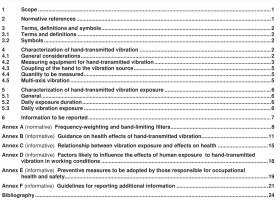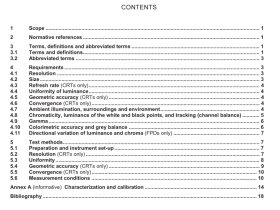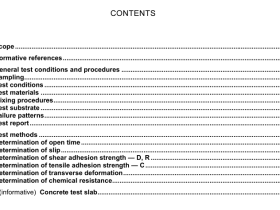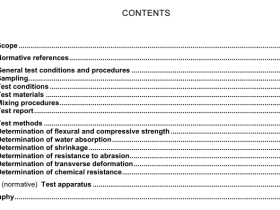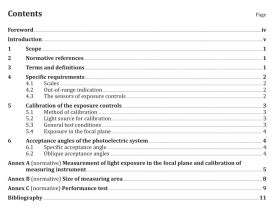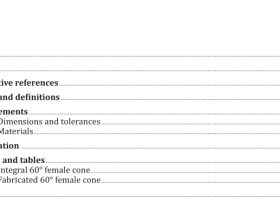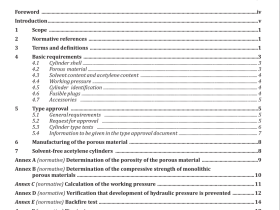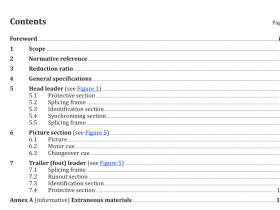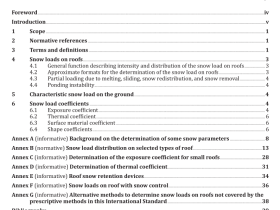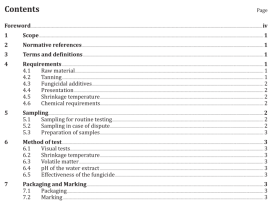ISO 18868 pdf download
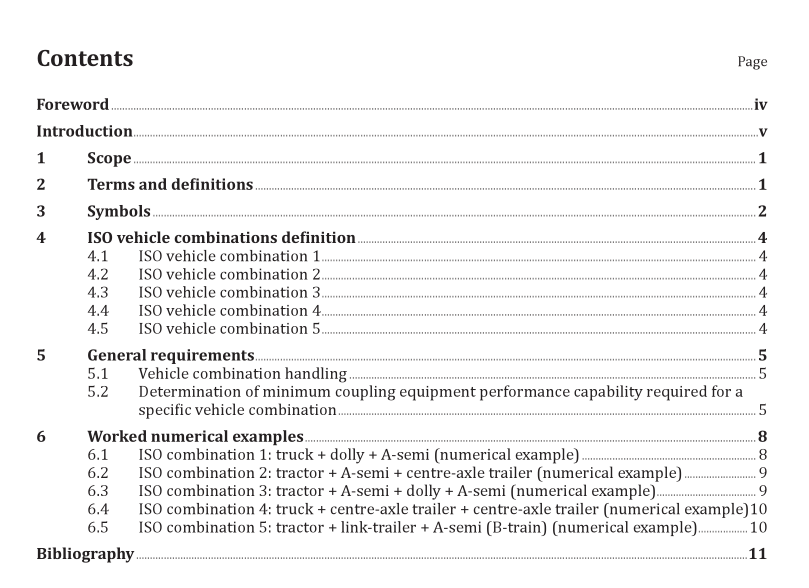
ISO 18868 pdf download Commercial road vehicles — Coupling equipment between vehicles in multiple vehicle combinations — Strength requirements
Scope1
This international Standard defines different multiple-vehicle combinations ivehicle combinations withmore than one couplingpoint) and the formulae to calculate therequirement ofperformance for the couplingequipment used in those vehicle combinations. Vehicle categories concerned are N2, N3, 03, and 04.
NOTEFor these vehicle combinations, the formulae in this International Standard override the formulae inReferences 6,Z, 8, and 9 that apply to vehicle combinations with one coupling point only, However, thecapability ofthe coupling equipment is still determined through tests as defined in References 6), Z), 8),and 9
2 Terms and definitions
For the purposes ofthis document, the following terms and definitions apply.
2.1
centre-axle trailer (CAT)
trailerwheretheaxle(s)is(are) positioned close to the centreofgravityofthetrailer such that(when uniformlyoaded) only a small static vertical load, not exceeding 10 % of the load corresponding to the maximumdesign total mass of the trailer or 1 000 daN (whichever is less),is transmitted to the towing vehicle
2.2
converter dollytowed vehicle with one axle group or single axle and a fifth wheel coupling, designed to be combinedwith a semi-trailer
Note 1 to entry: ln cases where the drawbar ofthe converter dollyis hinged, the combination ofa converter dollyand a semi-trailer is equivalent to a full trailer.
Note 2 to entry: The drawbar ofa converter dolly may be rigid or hinged.A hinged drawbar is free to pivot aroundan axle thatis perpendicular to the verticalplane.
2.4
semi-trailer
trailer which is designed and constructed to be by means of a kingpin coupled to a tractor unit or to a converter dolly and that impose a substantial vertical load on the towing vehicle
2.5
A-trailer
semi-trailer in a multiple-vehicle combination that is towed on a converter dolly
2.6
link–trailer (or B-trailer)
semi-trailer with a fifth wheel mounted at the rear such that a semi-trailer could be towed by the link-trailer
2.7
tractor
motor vehicle built to tow a semi-trailer
2.8
truck
motor vehicle built to tow a full trailer or a centre-axle trailer
3 Symbols 1)
3.1
S
mass imposed vertically on the coupling under static conditions by the CAT loaded to its maximum
design total mass
3.2
T
technically permissible maximum total mass, in tonnes, of the towing vehicle including, as applicable,the vertical static load, S, of a CAT or the vertical static load, U, imposed by a semi-trailer
3.3
R
technically permissible maximum total mass, in tonnes, of the full trailer (with drawbar free to move in the vertical plane) or of the semi-trailer
3.4
C
mass, in tonnes, transmitted to the ground by the axle(s) of the CAT loaded to its maximum total design mass
3.5
U (U T , U d , U b )
mass, in tonnes, imposed vertically on the fifth wheel of a tractor (U T ), a converter dolly (U d ), or a B-trailer (U b ) by the semi-trailer loaded to its maximum total design mass
Note 1 to entry: The total mass of a semi-trailer (R) is divided into two parts for the calculation: the front part (U x ) and the rear part (R b ) giving the bogey mass.
3.6
W d
tare mass, in tonnes, of a converter dolly
3.7
g
acceleration due to gravity (assumed as 9,81 m/s 2 )
